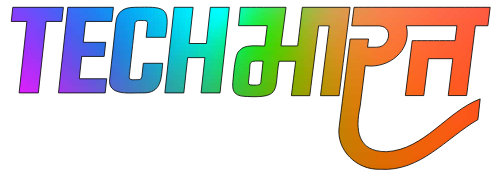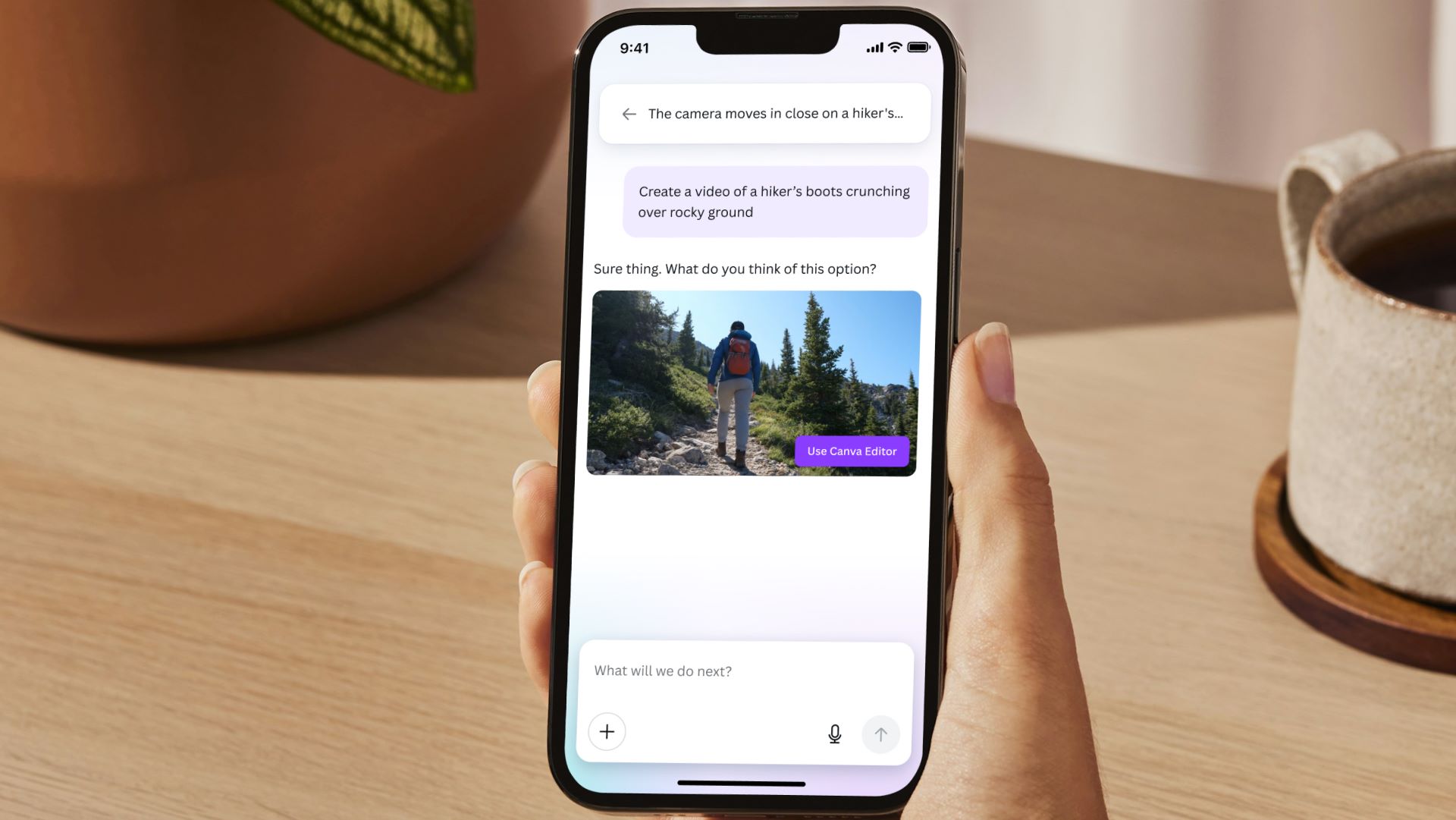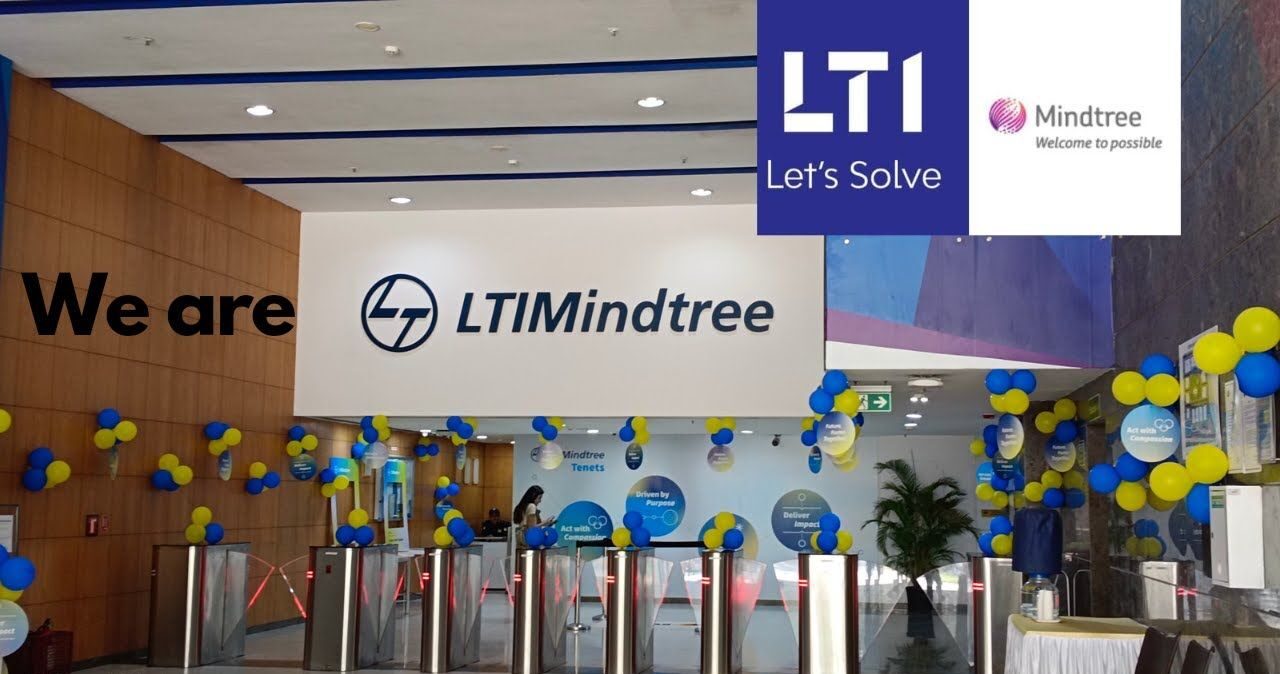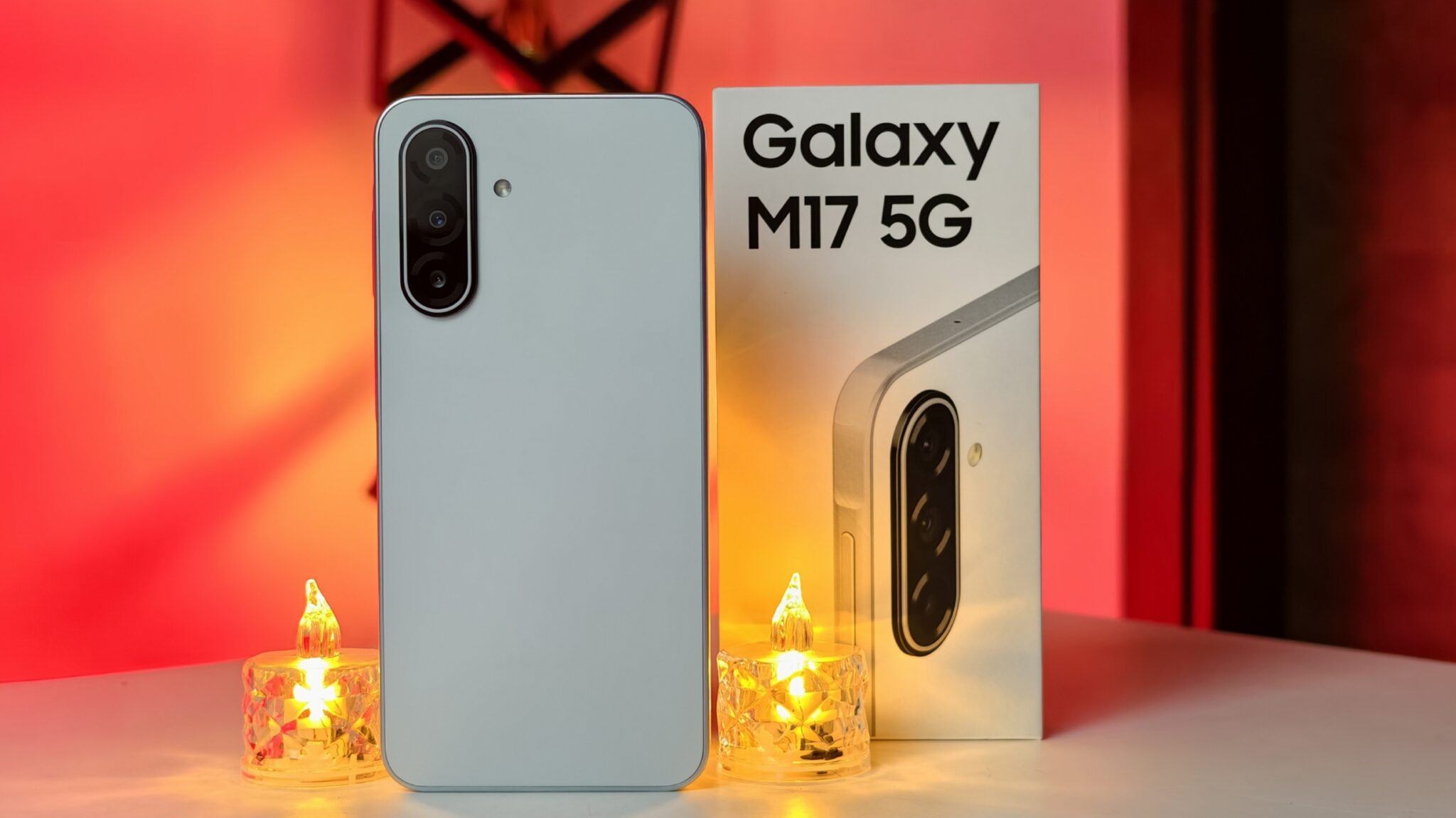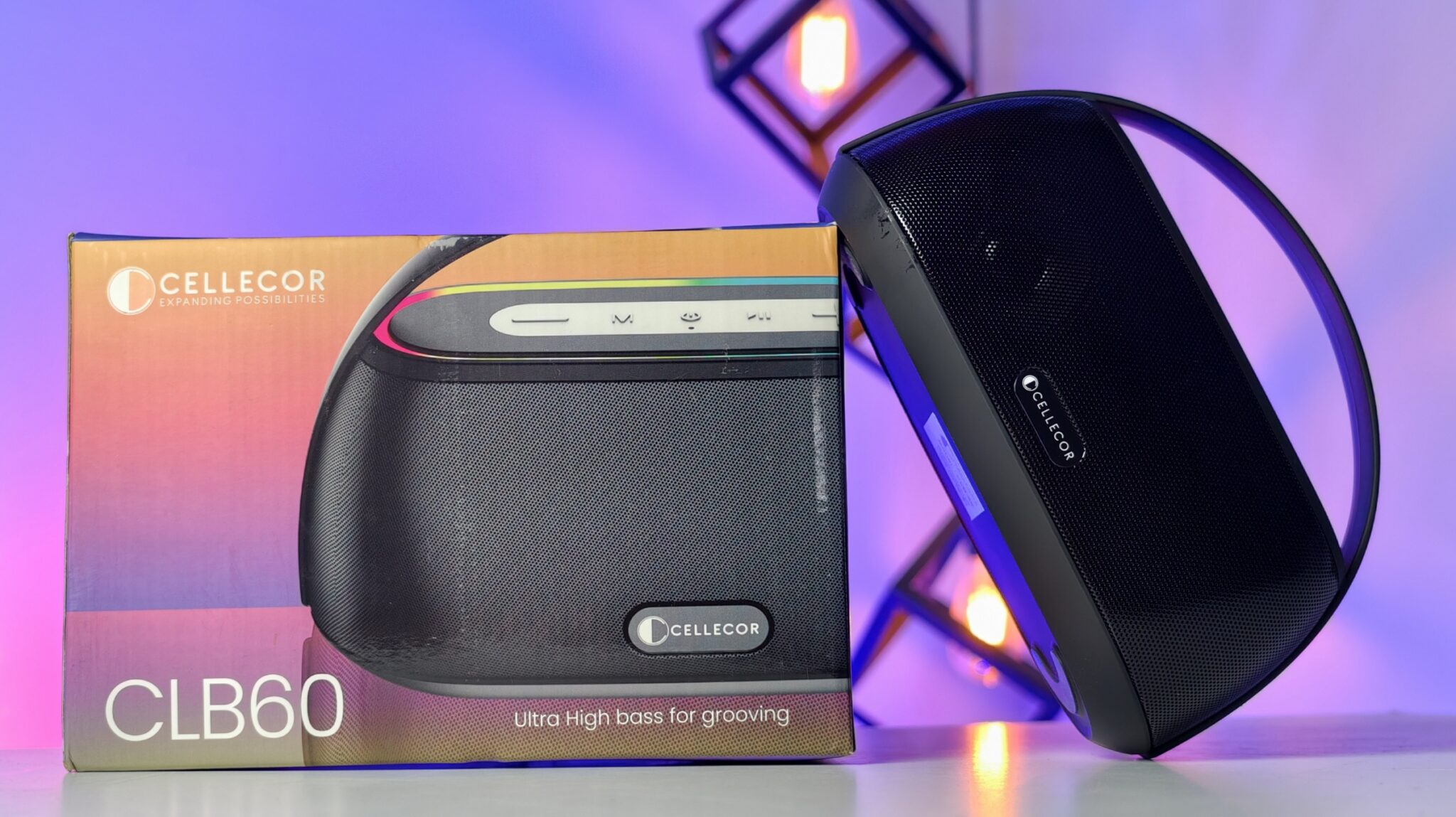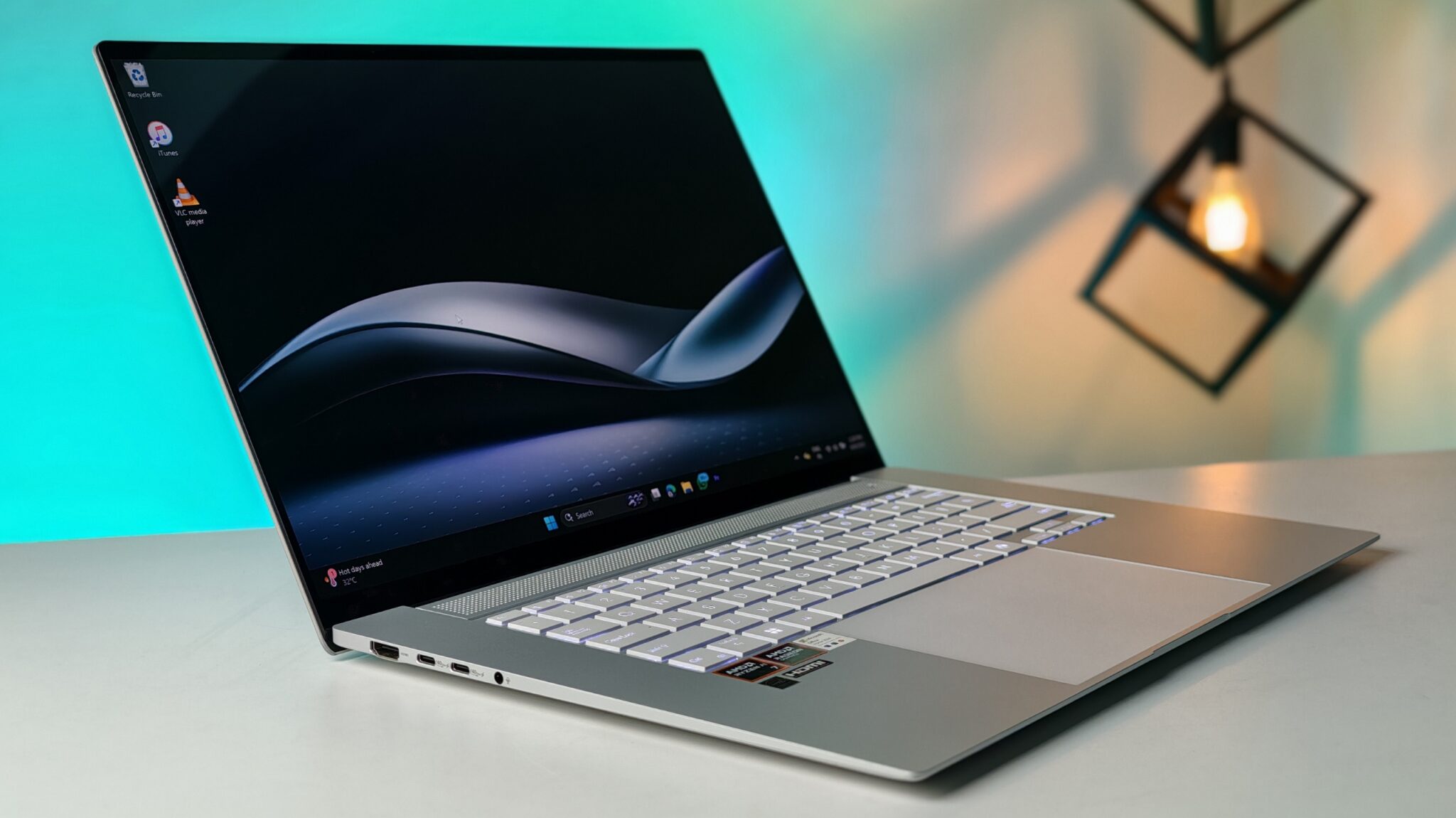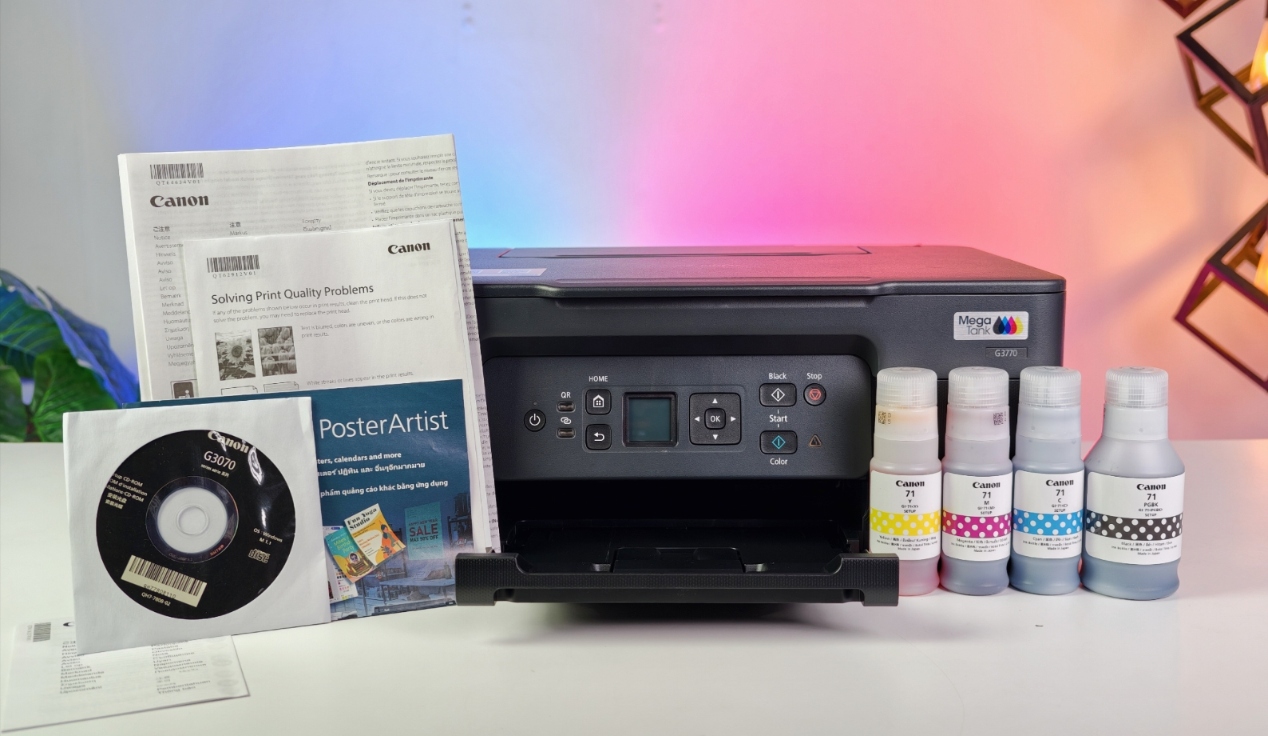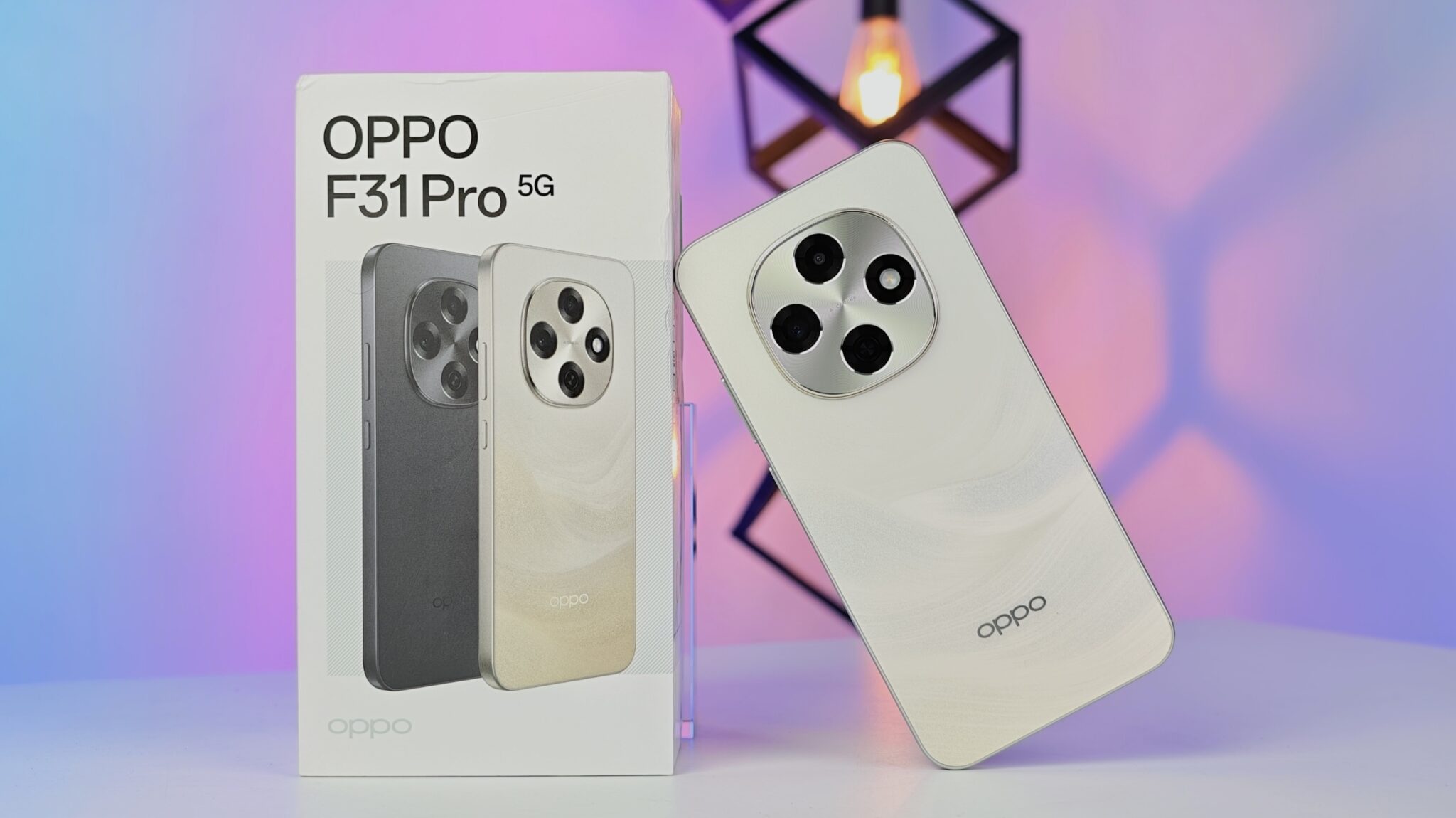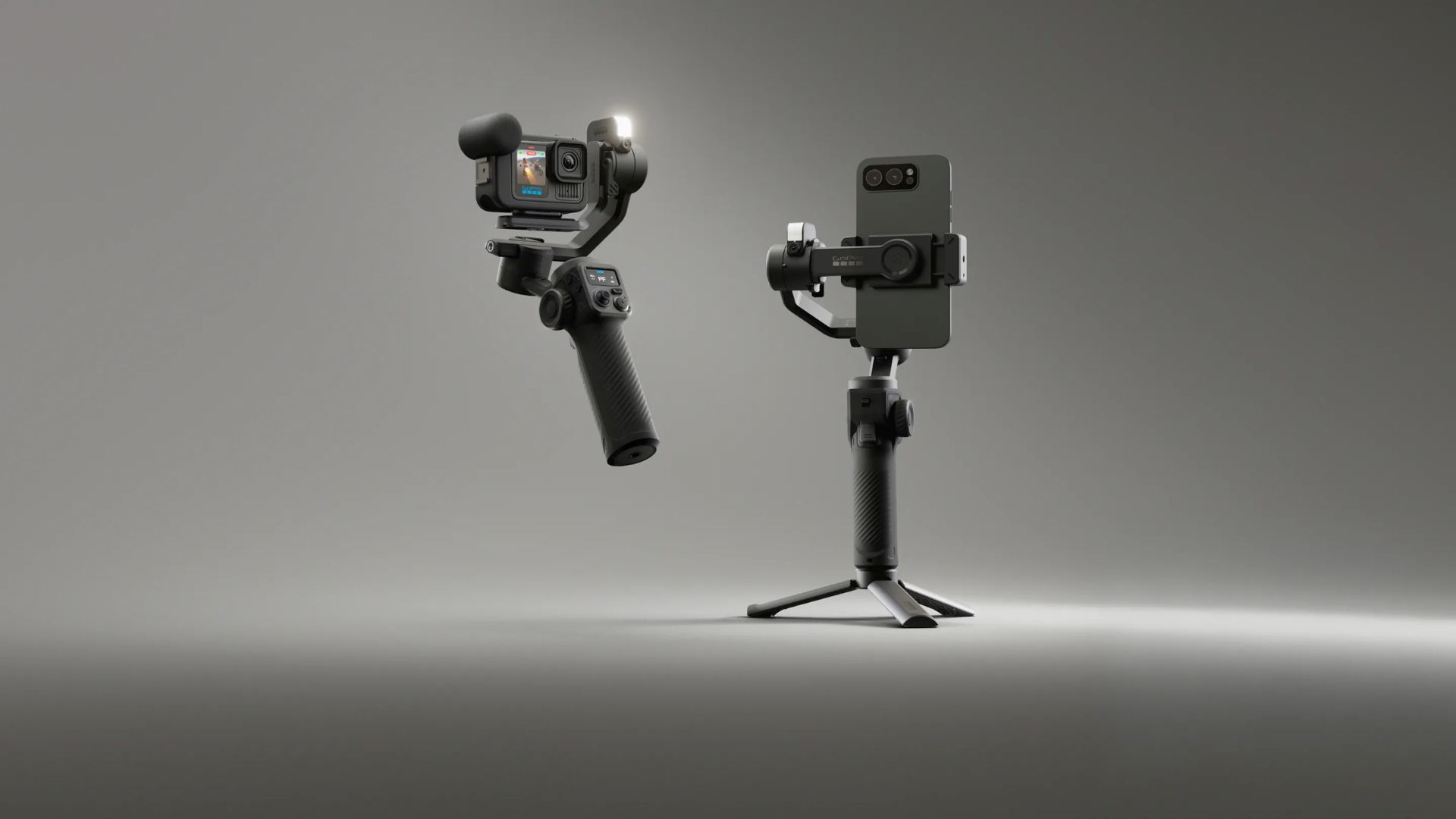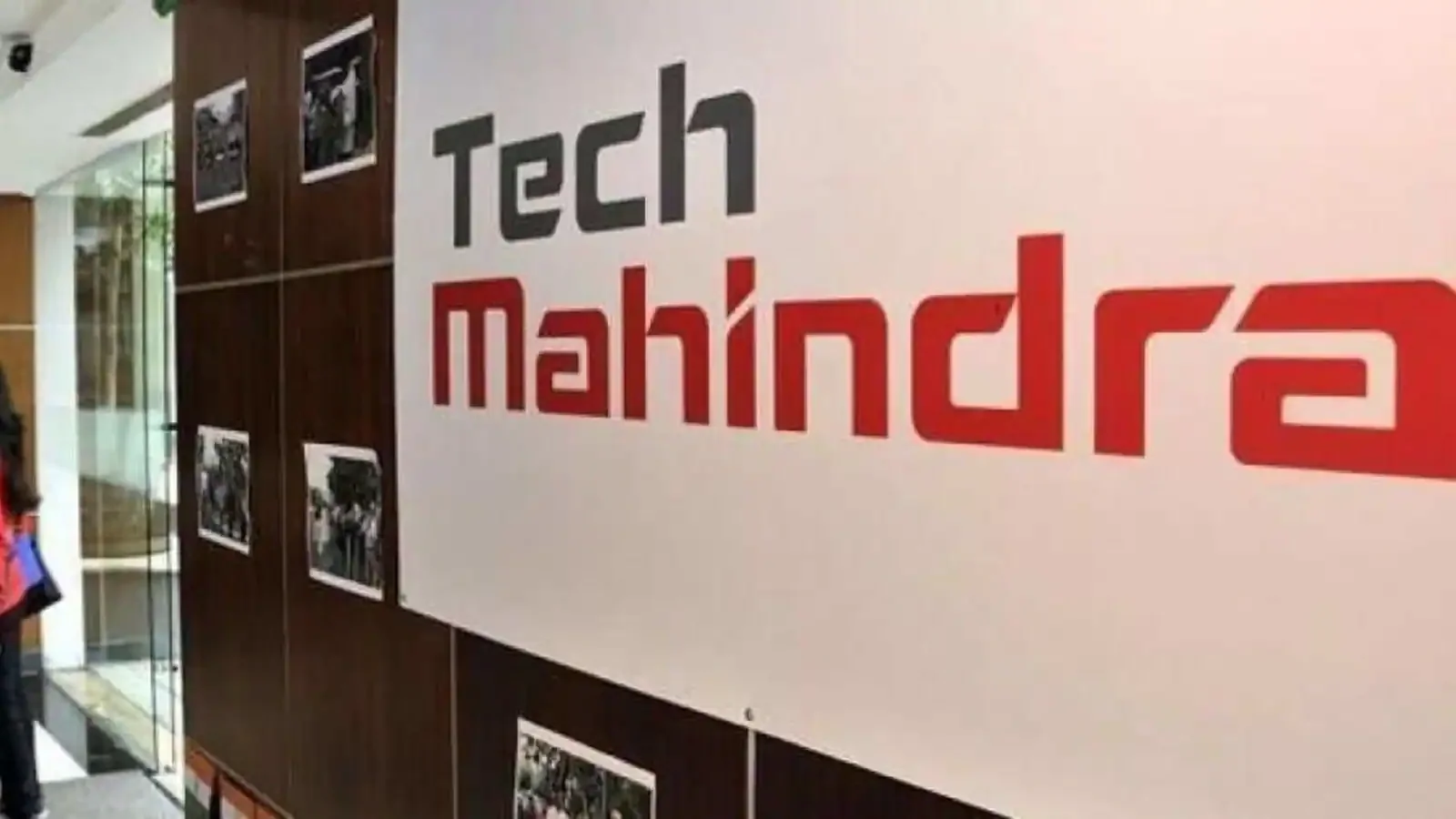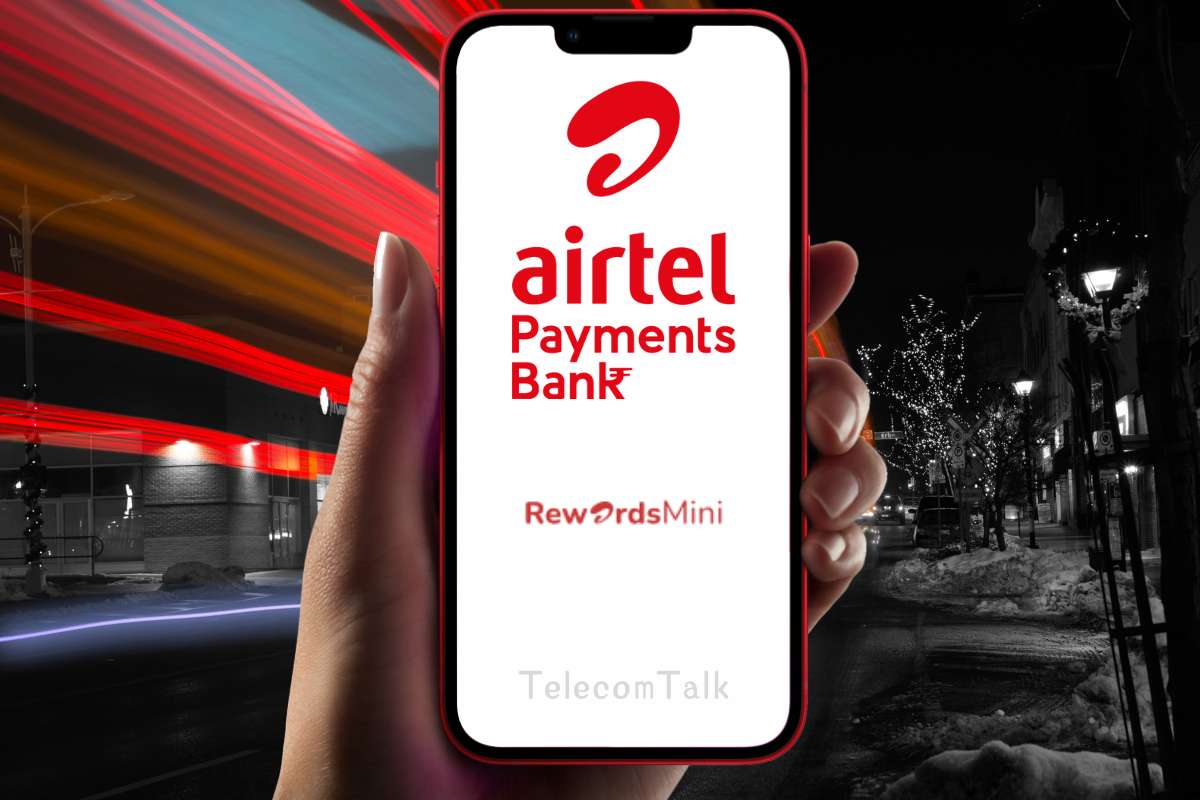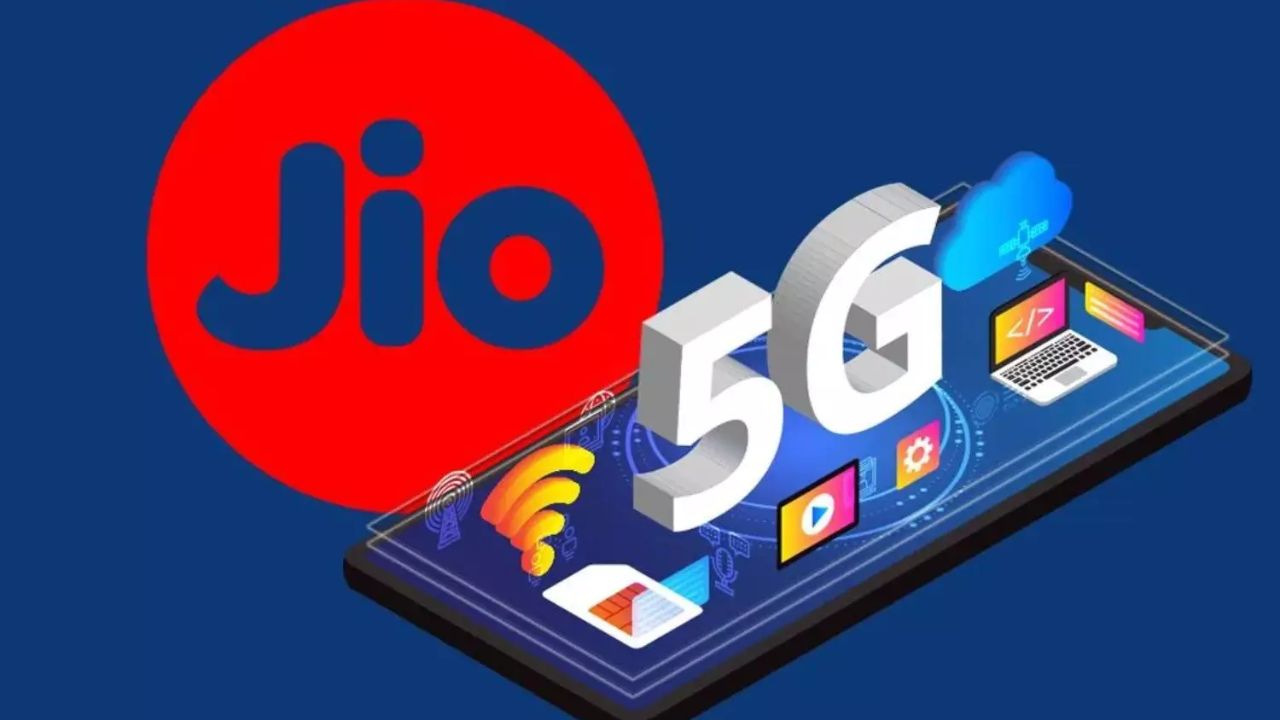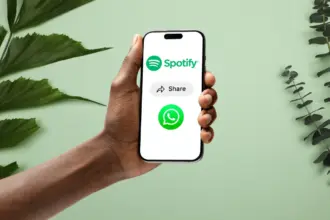Cinematic Video Creation Becomes Mainstream Canva, the popular graphic design platform, is making waves with a significant advancement in its artificial intelligence capabilities, now offering users the ability to generate 8-second video clips complete with synchronized audio. This new feature, integrated into a conversational, voice-enabled workflow, aims to democratize access to high-quality video creation. Both paid and nonprofit Canva users, as well as subscribers to Canva-owned Leonardo.Ai (starting from $10/month), can now leverage Google’s Veo 3 model, bringing buzzed-about cinematic-quality videos to millions as part of their existing subscriptions.
Key Takeaways
- Canva AI now generates 8-second video clips with synchronized audio using a voice-enabled flow.
- This feature is available to both paid and nonprofit Canva users and Leonardo.Ai subscribers.
- The technology powering these videos is Google’s Veo 3 model, known for cinematic quality.
- Canva’s strategy combines video generation and editing within a single workflow.
- Canva also announced its intent to acquire MagicBrief, an AI-powered creative intelligence platform.
- These moves show Canva’s focus on AI to shape the future of creative and marketing work.
Redefining Creative Workflows with AI Canva’s move to integrate advanced video generation into its platform signals a shift in how individuals and businesses approach content creation. The company’s all-in-one AI strategy focuses on making sophisticated technology widely available. By combining video generation and editing within one workflow, Canva aims to reshape creative possibilities across various applications, including social media posts, brand videos, and pitch decks.
This development follows a trend of AI becoming more embedded in everyday tools. For years, AI has been a research focus, primarily within academic and specialized tech circles. However, recent advancements, particularly in generative AI, have allowed companies like Canva to translate complex algorithms into user-friendly features. The integration of voice-enabled commands simplifies the creative process, allowing users to articulate their vision naturally and see it translated into a visual and auditory output.
The Power of Google’s Veo 3 Model
At the heart of Canva’s new video generation capability is Google’s Veo 3 model. Veo 3 has garnered significant attention for its ability to produce cinematic-quality videos, a level of output previously requiring specialized software, extensive training, and considerable time. By bringing Veo 3 into Canva AI, the platform is putting a professional-grade tool into the hands of a much broader audience. This collaboration highlights a growing trend of major tech companies partnering to expand the reach and application of their AI innovations. Google, with its deep research in AI and machine learning, benefits from seeing its models adopted by platforms with massive user bases, furthering the model’s refinement and real-world testing.
Historically, video creation has been a barrier for many due to its complexity. From mastering editing software to understanding cinematic principles, the learning curve was steep. The introduction of AI-powered video generation aims to flatten this curve, allowing users to focus on their ideas rather than the technicalities of production. The 8-second clip length is particularly suited for short-form content prevalent on platforms like TikTok, Instagram Reels, and YouTube Shorts, where quick, engaging visuals are key to capturing audience attention.
Strategic Acquisition:
MagicBrief Joins the Canva Family Beyond the video generation announcement, Canva also shared its intention to acquire MagicBrief, an AI-powered creative intelligence platform. MagicBrief is used by marketing and creative teams globally, offering tools for streamlining creative workflows and gaining insights into campaign performance. This acquisition underscores Canva’s investment in AI and its vision for the future of creative and marketing work.
MagicBrief’s expertise in creative intelligence complements Canva’s design tools by providing data-driven insights that can inform creative decisions. For instance, a marketing team using Canva for design can now potentially leverage MagicBrief’s analytics to understand which visual elements resonate most with their target audience, thereby optimizing their content strategy. This move positions Canva not just as a design tool, but as a more complete ecosystem for creative and marketing professionals, offering solutions from ideation to creation to analysis.
The concept of creative intelligence platforms has been gaining traction as businesses seek to quantify the impact of their creative efforts. These platforms often use AI to analyze vast amounts of data, identifying trends and patterns that can guide future campaigns. By bringing MagicBrief into its fold, Canva is demonstrating an understanding of the evolving needs of its professional users, who increasingly require data to validate their creative choices and demonstrate return on investment.
Quotes from Canva Leadership
Cameron Adams, co-founder and Chief Product Officer of Canva, spoke about the company’s long-standing mission: “Enabling anyone to bring their ideas to life – especially their most creative ones – has been core to Canva’s mission ever since we set out to empower the world to design. By democratizing access to a powerful technology like Google’s Veo 3 inside Canva AI, your big ideas can now be brought to life in the highest quality video and sound, all from within your existing Canva subscription. In true Canva fashion, we’ve built this with an intuitive interface and simple editing tools in place, all backed by Canva Shield.”
Danny Wu, Head of AI Products at Canva, highlighted the integration of Veo 3: “We’re taking video creation on Canva to the next level by integrating one of this year’s biggest AI innovations, Google’s Veo 3 model, into Canva AI. Video is increasingly critical to our community and now it’s never been easier to create stunning clips with perfectly synchronized dialogue and rich, immersive soundscapes. This is a step change in AI-powered creativity, and we’re thrilled to partner with Google on being one of the first platforms to offer Veo 3.”
These statements reinforce Canva’s commitment to accessibility and ease of use. The emphasis on an “intuitive interface” and “simple editing tools” suggests that despite the advanced underlying technology, the user experience remains a priority. “Canva Shield,” mentioned by Adams, refers to the platform’s commitment to safety and ethical AI use, aiming to build trust among its user base.
The partnership with Google for Veo 3 is particularly noteworthy. It signifies a strategic alignment between two major tech players, each bringing their strengths to the table – Google with its AI research and development, and Canva with its extensive user base and user-friendly design platform. This type of collaboration is becoming more common as AI models grow in complexity and require vast resources for training and deployment.
The Democratization of Cutting-Edge Technology
Canva’s all-in-one AI strategy is positioned as a force for democratizing cutting-edge technology. Historically, sophisticated creative tools were often confined to professionals with expensive software licenses and specialized training. Canva’s model challenges this by offering powerful features within an affordable, accessible subscription. This approach mirrors the broader trend of “prosumer” tools, where professional-grade capabilities are made available to a wider audience, including small business owners, educators, students, and hobbyists.
The implications of this democratization are far-reaching. For small businesses, it means they can produce high-quality marketing videos without hiring external agencies or investing in costly equipment. For educators, it opens up new ways to create engaging learning materials. For individuals, it empowers them to express their creativity in new visual forms. The ability to generate video with synchronized audio from a simple conversational prompt further lowers the barrier to entry, making video creation as straightforward as typing a sentence.
This also speaks to the ongoing evolution of human-computer interaction. Voice-enabled interfaces are becoming more common, moving beyond simple commands to more nuanced conversational interactions. The idea of “speaking” a video into existence marks a significant step in making creative tools more natural and intuitive.
Impact on the Creative Industry The immediate impact of Canva’s new AI video capabilities on the creative industry will likely be felt most by individual creators and small to medium-sized businesses. These entities often operate with limited budgets and resources, making accessible, high-quality tools invaluable. Freelance graphic designers and marketers may find their workflows streamlined, allowing them to deliver more diverse content to clients.
For larger creative agencies and production houses, the impact might be different. While they possess advanced tools and expertise, AI-powered generation could serve as a powerful ideation or prototyping tool. Quickly generating multiple video concepts based on text prompts could accelerate the initial stages of a project, freeing up human creatives to focus on refinement, artistic direction, and complex storytelling.
The ethical considerations around AI-generated content also come into play. Questions about authorship, originality, and the potential for misuse of generative AI models are ongoing discussions within the tech and creative communities. Canva’s mention of “Canva Shield” indicates their awareness of these concerns and a commitment to responsible AI development. This will likely involve safeguards to prevent the creation of harmful or misleading content, and potentially tools for users to verify the authenticity of AI-generated assets.
The Future of Creative and Marketing Work Canva’s recent announcements paint a picture of a future where AI plays a central role in creative and marketing work. The convergence of design, video generation, and creative intelligence platforms suggests a more integrated and intelligent workflow. Instead of jumping between disparate tools, users could theoretically manage their entire creative process within a single ecosystem.
This vision aligns with the broader industry trend of “AI companions” or “co-pilots,” where AI assists human users in various tasks rather than replacing them entirely. In the context of creative work, AI can handle repetitive tasks, generate initial drafts, and provide data-driven insights, allowing human creativity to focus on higher-level strategic thinking, emotional resonance, and unique artistic expression.
The expansion into video, coupled with the acquisition of MagicBrief, positions Canva as a comprehensive platform for visual communication. From static graphics to dynamic videos and data-backed marketing campaigns, the company is building an ecosystem designed to support the modern creator and marketer. As continues to advance, we can expect even more sophisticated features to emerge, blurring the lines between traditional creative processes and automated generation.
The market for creative tools is highly competitive, with numerous players vying for user attention. Canva’s strategy of rapid AI integration and strategic acquisitions allows it to maintain its position as a leader, constantly evolving its offerings to meet the changing demands of its diverse user base. The emphasis on user experience, combined with powerful underlying technology, suggests that Canva aims to remain a go-to platform for creative endeavors across various skill levels and professional needs.
Frequently Asked Questions (FAQs)
Q1: What exactly is Canva AI’s new video generation feature?
A1: Canva AI can now create 8-second video clips with synchronized audio from a conversational, voice-enabled prompt. It uses Google’s Veo 3 model to generate cinematic-quality videos.
Q2: Who can access this new video generation capability?
A2: This feature is available to both paid and nonprofit users of Canva, as well as subscribers to Canva-owned Leonardo.Ai
Q3: What is Google’s Veo 3 model, and why is its integration important?
A3: Veo 3 is a powerful AI model from Google known for generating high-quality, cinematic video. Its integration means Canva users can create professional-looking videos without needing advanced technical skills or expensive software.
Q4: How does this new feature simplify video creation?
A4: By allowing users to generate video clips through a voice-enabled, conversational interface, Canva significantly lowers the barrier to entry for video production. It combines generation and editing in one workflow, streamlining the creative process.
Q5: What is MagicBrief, and why is Canva acquiring it?
A5: MagicBrief is an AI-powered creative intelligence platform used by marketing and creative teams. Canva’s acquisition shows its commitment to AI and aims to offer a more complete solution for creators and marketers, integrating data-driven insights with design tools.
Q6: What types of content can benefit from Canva AI’s new video feature?
A6: The 8-second video clips are ideal for short-form content such as social media posts (e.g., TikTok, Instagram Reels, YouTube Shorts), brand videos, marketing snippets, and visual elements within pitch decks.
Q7: Is there any information on the safety or ethical use of this AI technology?
A7: Yes, Canva states that its AI features are “backed by Canva Shield,” indicating a commitment to safety and ethical AI practices. This suggests measures are in place to ensure responsible use of the technology.
Q8: Will this replace professional video editors or content creators?
A8: The new feature aims to democratize access to video creation, empowering a wider audience. For professionals, it can serve as a powerful tool for ideation, rapid prototyping, and streamlining initial creative stages, allowing them to focus on more complex tasks and artistic direction.
